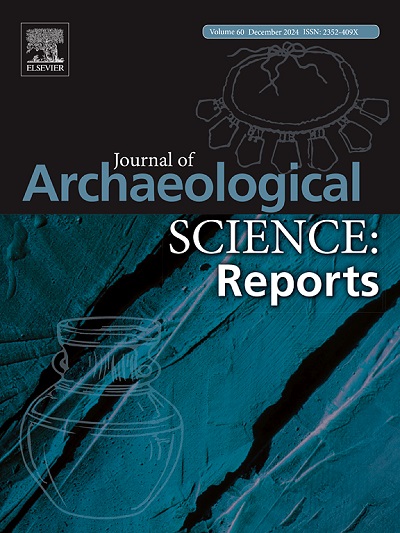Wood fuel use in the Predynastic Upper Egypt Nile Valley
IF 1.5
2区 历史学
0 ARCHAEOLOGY
引用次数: 0
Abstract
Predynastic cultures (4th millennium BCE) of the Nile Valley, especially the Naqada Culture of Upper Egypt, are documented mainly from excavated cemeteries, with few settlements excavated. Wood charcoal assemblages from two Naqada sites in the Nile Valley, Halfiah Gibli (HG) and Semaineh (SH), elucidate woodland ecology, economic strategies for fuel gathering and use, and human impacts on wood resource availability over time. Using traditional and dendroanthracological analyses to identify, quantify, and characterize these remains, we identify several lines of evidence that indicate that high-quality local fuel sources, mainly tamarisk and acacia, were abundant and low-effort gathering strategies were sufficient to meet local fuel needs. We find no evidence for human impacts on woodland structure over time and suggest this was due to low population density in the region throughout the 4th millennium BCE.
早埃及时期上尼罗河谷的木材燃料使用情况
尼罗河谷的前王朝文化(公元前4千年),特别是上埃及的纳卡达文化,主要是从出土的墓地中记录下来的,很少有出土的定居点。来自尼罗河谷的两个Naqada站点Halfiah Gibli (HG)和Semaineh (SH)的木材木炭组合阐明了林地生态,燃料收集和使用的经济策略以及人类对木材资源可用性的影响。利用传统和树木人类学分析来鉴定、量化和表征这些遗骸,我们确定了几条证据线,表明高质量的当地燃料来源,主要是红柳和金合欢,丰富,低成本的采集策略足以满足当地的燃料需求。我们没有发现人类在一段时间内对林地结构产生影响的证据,并认为这是由于该地区在公元前4000年的人口密度很低。
本文章由计算机程序翻译,如有差异,请以英文原文为准。
求助全文
约1分钟内获得全文
求助全文
来源期刊

Journal of Archaeological Science-Reports
ARCHAEOLOGY-
CiteScore
3.10
自引率
12.50%
发文量
405
期刊介绍:
Journal of Archaeological Science: Reports is aimed at archaeologists and scientists engaged with the application of scientific techniques and methodologies to all areas of archaeology. The journal focuses on the results of the application of scientific methods to archaeological problems and debates. It will provide a forum for reviews and scientific debate of issues in scientific archaeology and their impact in the wider subject. Journal of Archaeological Science: Reports will publish papers of excellent archaeological science, with regional or wider interest. This will include case studies, reviews and short papers where an established scientific technique sheds light on archaeological questions and debates.
 求助内容:
求助内容: 应助结果提醒方式:
应助结果提醒方式:


